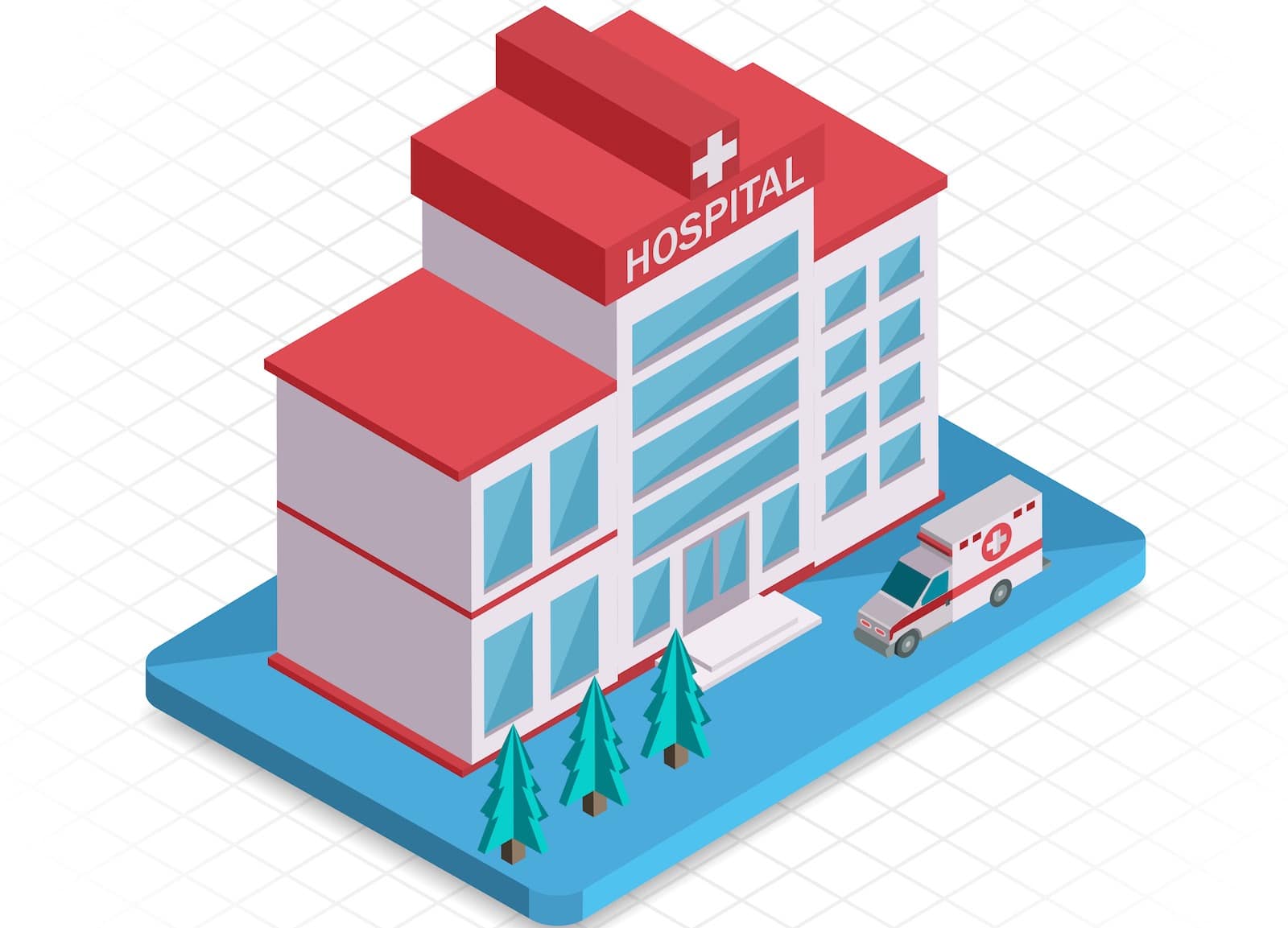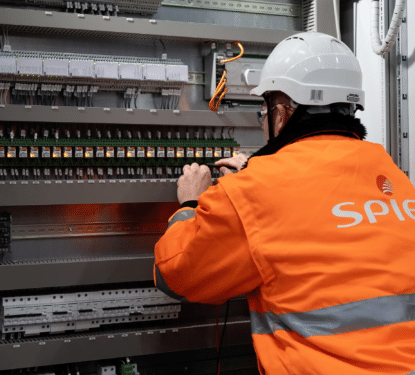Buildings are getting smarter and hospitals are no different. In fact, hospitals may offer the most ambitious opportunity for smart buildings yet. Smart healthcare technology is being used and tested in facilities around the world to not only develop efficiency but to actually improve patient outcomes.
The building itself can help heal the sick – proving that smart technology can transcend the brick, mortar, glass and steel that houses healthcare to become a much more active part of the service.
“Digital hospitals provide an opportunity to improve the quality and safety of patient care, reduce inefficiencies and wastage, support world-class clinical research, and enable better management and administration of the hospital environment itself,” according to Deloitte. The abundance of opportunities for smart technology in healthcare is wonderful but creates an implementation predicament: where should we start and which path should we take?
Mobile and self-service hospital check-ins optimize registration processes and reduce labor costs. Kiosks are even being introduced to make blood, urine and other tests more automated, creating efficiency and reducing patient embarrassment.
North York General Hospital in Toronto uses smart hospital beds to turn bedridden patients periodically to reduce bedsores, the third most costly disorder after cancer and cardiovascular, according to a study published in the International Journal of Research in Medical Sciences.
The new Karolinska University Hospital, in Stockholm, displays $13.2 million worth of art and its large windows maximize light, creating a more pleasant indoor environment in order to aid healing. While the Kaiser’s Manhattan Beach Medical Office in Los Angeles displays seashells, plays classical music and provides yoga and cooking classes for patients.
The American hospital group Cleveland Clinic runs a remote intensive-care unit (ICU) from a room known as ‘the bunker.’ Watching over 150 special-care patients across the region with cameras and sensors linked to monitors in the control room. “When I think of the hospital of the future, I think of a bunch of people sitting in a room full of screens and phones,” says Toby Cosgrove, the Cleveland Clinic’s head – almost like an air-traffic control tower for healthcare.
“A hospital can also be at home,” according to Lord Ara Darzi, a surgeon and professor at Imperial College London, who encourages taking remote monitoring a step further. Home-sensors, wearables, as well as phone and video consultations are allowing patients to deal with issues without an inconvenient hospital visit. Dutch research firm, Gupta Strategists, estimate that 45% of care now given in Dutch hospitals could be done better at home.

The possibilities offered by the internet of healthcare are almost endless. Patients can now be better monitored in hospitals, at home or going about their day; reducing waiting times while improving care and patient comfort. Furthermore, all the data being produced by digital healthcare platforms can be fed into big data and artificial intelligence systems, to foster better predictive diagnosis and more informed care provision. Shared on national and global scales, the magnitude of data can fundamentally advance our understanding of health and medicine.
According to the European Union Agency For Network And Information Security (ENISA), “a smart hospital is a hospital that relies on optimized and automated processes built on an ICT environment of interconnected assets, particularly based on Internet of things (IoT), to improve existing patient care procedures and introduce new capabilities.”
What makes a hospital smart is, therefore, the availability and use of meaningfully interconnected systems and devices that lead to overall smartness. Legacy systems, meanwhile, may or may not be an incorporated as part of end-to-end smart processes. Like with other smart buildings and smart technology itself, this definition is vague. Smartness is a concept not a set of technologies, and to introduce smartness we need a strategy not a shopping list.
Smart healthcare could be patient focused, enhancing patient care and satisfaction, while improving safety and comfort. It could be staff focused, improving productivity, efficiency and access to information. We could focus on the hospital itself, improving financial performance through efficiency and resource utilization. A system focus would better integrate with the local community as well as national and global healthcare structures. Whereas focusing on innovation would constantly question and aim to redesign all these elements.
It is all well and good to say “they are all good, let’s do them all,” but without greater understanding and clarity on what technology is available, how it can work together and where the priorities lie, investment will be limited and time wasted. There are also the obstacles of privacy and security to overcome, and like with all smart sensory technology, these issues require a broad and inclusive discussion.
If ‘Medical Care 4.0’ is going to reach for its potential, then the healthcare and smart technology sectors must come together in a more open and progressive way. That means greater sharing of information and greater collaboration on testing and technology development. We need to harness competition while fostering cooperation, in order to develop the best strategies to improve healthcare for the good of all stakeholders.
[contact-form-7 id="3204" title="memoori-newsletter"]



